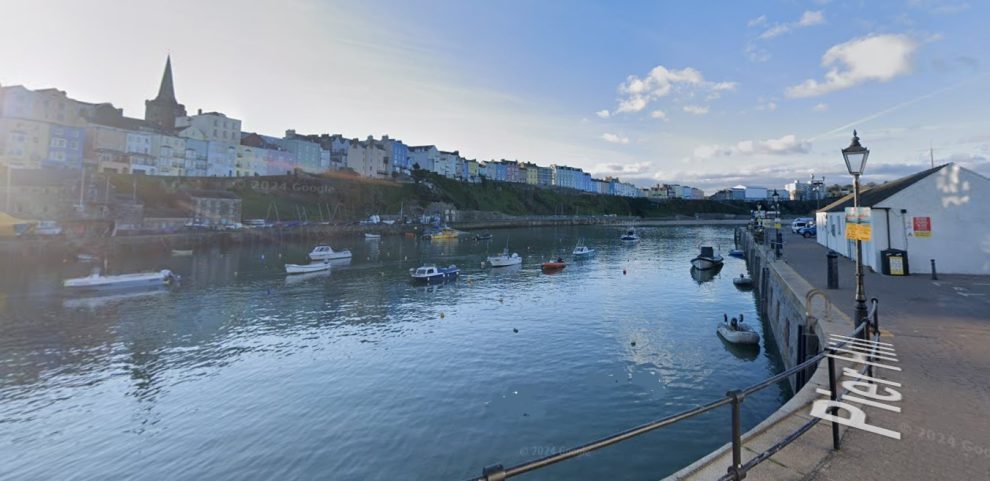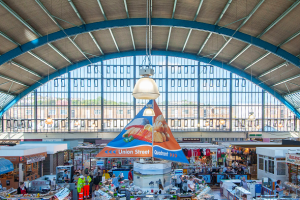COUNCIL plans for ‘alien’ and ‘industrial’ metal gates to prevent vehicle entry on to Tenby’s iconic harbour have been refused by the national park.
In an application to Pembrokeshire Coast National Park, Pembrokeshire County Council sought permission to install a swing gate that prevents unauthorised vehicle entry, but allowing pedestrians, at Tenby Harbour Yacht Station & Harbour Office, Pier Hill, Tenby, in the town’s conservation area.
The proposed gates would be sited approximately mid-way along the harbour office.
The scheme included a related listed building consent application covering the harbour ‘pier’.
The scheme was supported by Tenby Town Council but Tenby Civic Society objected due to design, operation, justification and impact on the harbour setting.
A national park officer report recommending refusal said: “Whilst consultees are generally supportive of the proposal, it is not regarded as acceptable in terms of its impact upon the special qualities of the National Park including both character and appearance of Tenby Conservation Area and the setting of listed buildings.”
It detailed the scheme: “This application is for the installation of a metal gate on Tenby Pire alongside the Harbour Office to restrict unauthorised access to the end of the pier. The pier itself is Grade-II-listed and the site lies within Tenby Conservation Area central to the iconic harbour view.
“Due to the industrial design of the gates in what is a highly sensitive and extremely popular area, the proposal is not considered to preserve the setting of the listed pier or the character or appearance of Tenby Conservation Area.
“It therefore follows that there will be an impact on the special qualities of the National Park, that the proposal will cause visual intrusion and that it pays little regard to the sense of place and local distinctiveness.
“Whilst it is recognised that restricting access to the working pier would sustain harbour activities and may contribute to a certain extent to supporting community cohesion and health, the proposal is not considered to conserve or enhance the existing character of the harbour.”
It added: “The design and scale of the gates neither preserve or enhance the character of the area. In terms of character, the pier currently is available for users and visitors to enjoy daily except when during occasional events and operations when temporary fencing is erected. The proposed meshed metal gates are seen as intrusive in this context, quite alien to the public enjoyment of the area.
“Officers have considered the weight to be given to the desirability of restricting access to the working pier and reducing conflicts such as tombstoning activities and conflicts with boats. Temporary fencing has currently been used to achieve this which does not require permission.”
The application was refused on the grounds it “would introduce an unacceptable visual intrusion due to the overly industrial design of the proposed gates which would not conserve or enhance the existing character of the harbour,” and would “also cause harm to the setting of a listed building”.















